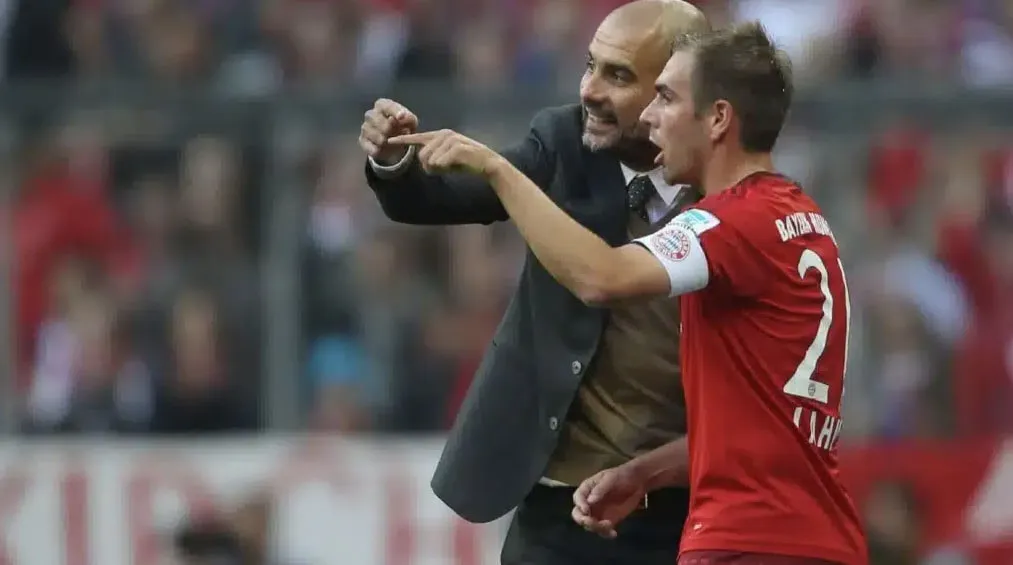Full-backs may not always steal the headlines, but their influence on the modern game is undeniable. From Roberto Carlos revolutionizing the role to today’s dynamic wing-backs like Trent Alexander-Arnold and Alphonso Davies, the position has transformed from a defensive duty to a tactical weapon. At Baji Live, we dive deep into how full-backs became the engine of elite football—and why their evolution is far from over.
Roberto Carlos: The Pioneer Who Changed Everything
Roberto Carlos’s career almost took a different path. In 1996, Inter Milan’s Roy Hodgson saw him as a defensive liability, forcing the Brazilian into unfamiliar roles. But Real Madrid’s Fabio Capello recognized his potential, unleashing him as an attacking force. “At Madrid, we changed how full-backs played,” Carlos recalls. His blistering speed, overlapping runs, and thunderous strikes redefined the position, proving that full-backs could be game-changers.

The Tactical Shift: From Defenders to Playmakers
The Premier League’s recent surge in attacking full-backs mirrors trends set by La Liga and Bundesliga. Teams now prioritize width from full-backs rather than traditional wingers. Pep Guardiola’s use of Dani Alves at Barcelona and Antonio Conte’s wing-back system at Chelsea highlight this shift.
Key Stats:
- In 2011/12, only five Premier League full-backs created 20+ chances.
- By 2015/16, that number skyrocketed to 21.
- This season, players like Trent Alexander-Arnold and João Cancelo are averaging more key passes than midfielders.
Dani Alves’s creativity made him indispensable for Guardiola’s Barcelona.
The Modern Full-Back: A Hybrid Role
Today’s elite full-backs must excel in both defense and attack. Kyle Walker’s recovery pace, Andy Robertson’s crossing, and Achraf Hakimi’s dribbling exemplify this duality. As Gary Neville noted, “Defending used to be 70% of training—now it’s about technical versatility.”
Case Studies:
- Trent Alexander-Arnold (Liverpool): Holds the Premier League record for most assists by a defender (12 in 2019/20).
- Alphonso Davies (Bayern Munich): His pace and dribbling make him a winger in disguise.
- Marcos Alonso (Chelsea): A wing-back with a striker’s instinct (4 goals this season).

Defensive Balance: The Unseen Art
While attacking contributions grab attention, top teams still rely on full-backs defensively. Tottenham’s Danny Rose and Kyle Walker helped Spurs concede the fewest goals in 2016/17, while Reece James’s tackles (2.7 per game) show his two-way value.
Baji Live Insight:
The best full-backs today aren’t just defenders or attackers—they’re complete players. As Roberto Carlos put it, “You need power, technique, and intelligence.”
The Future: Full-Backs as Midfield Maestros?
Innovative managers are pushing the role further. Pep Guardiola has used João Cancelo as a midfielder, while Julian Nagelsmann deploys wing-backs as inverted playmakers. The next evolution? Full-backs could become the most versatile players on the pitch.
More attacking full-backs = more goals (2.85 per game, a Premier League record).
Conclusion: The Full-Back Revolution Is Here to Stay
From Roberto Carlos’s audacity to Trent Alexander-Arnold’s pinpoint crosses, full-backs have gone from unsung heroes to central figures. At Baji Live, we’ll keep tracking this evolution—because in modern football, the game is won and lost on the flanks.
Agree? Disagree? Share your thoughts on the most influential full-back in history in the comments!

